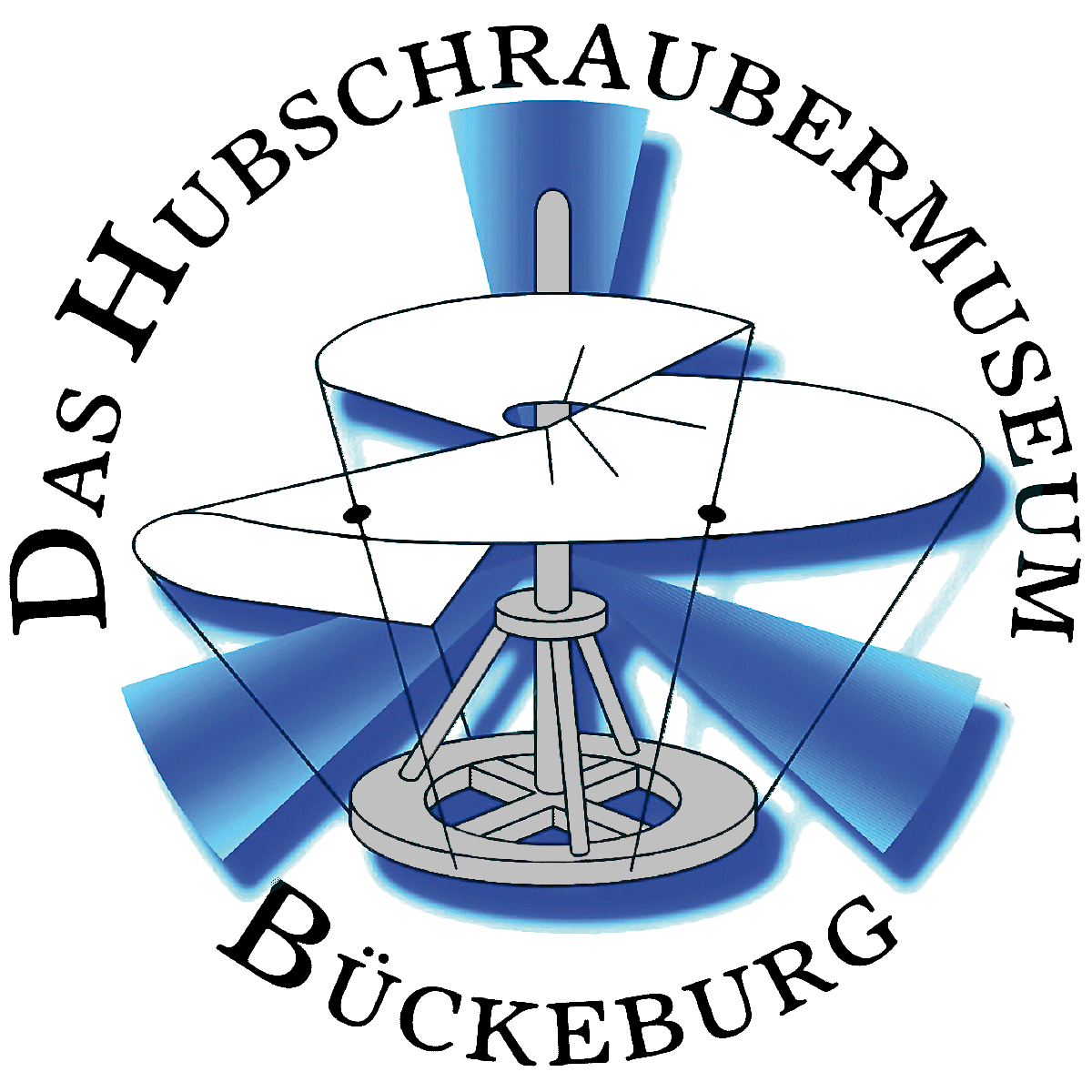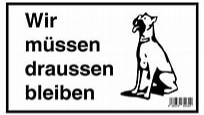MBB / Kawasaki BK 117-EN
MBB / Kawasaki BK 117
The MBB/Kawasaki BK 117 is a twin-engined medium utility–transport helicopter. It was a joint development between Messerschmitt-Bölkow-Blohm (MBB) of Germany and Kawasaki of Japan. MBB was later purchased by Daimler-Benz and eventually became a part of Eurocopter. The BK 117 is popular for passenger and VIP-transport, seating from seven up to 10 people. It is also used for aerial crane and sling work, law enforcement, and military transport, and is exceptional as an air ambulance and search and rescue platform. Its successor was developed from the BK 117 C-1 version. It is produced as the EC 145.
The BK 117 was a joint development between MBB and Kawasaki based on an agreement made on 25th February 1977. The agreement would replace two separate projects for twin-engined general purpose helicopters; the BO 107 by MBB and the KH-7 from Kawasaki. Costs were shared equally, with MBB developing the rotors (based on the rigid rotor system used on MBB’s BO 105), tailboom, flight controls and hydraulic system and Kawasaki developing the landing gear, airframe, main transmission and other minor components. Each company would have its own assembly line producing aircraft for local markets.
Each company was to build two prototypes (although Kawasaki only built one) to be completed by 1979; one for flight testing and the others for tie down testing and static testing. MBB’s flying prototype made its first flight at Ottobrunn on 13th June 1979, followed by the Kawasaki prototype at Gifu on 10th August 1979.Development was slower than expected, a problem made worse by shortages of skilled manpower available at MBB. Although it was originally planned for airworthiness certification to be achieved before the end of 1980, German certification was not achieved until 9th December 1982, with Japanese certification following on 17th December, and the all-important United States FAA certification being obtained on 29th March 1983.
A single BK 117 A-3 (c/n 7106) was leased by the Canadian Forces Air Command for a test program and designated as the CH-143. When the program was over, the aircraft was returned to MBB Canada.
In total, 443 BK 117s were made; 329 (and two prototypes) by MBB at Donauwörth, 111 (and one prototype) by Kawasaki in Japan.
Japanese Production:
BK 117 A-1 to C-1: c/n 1001-1112 = 111 + P-3/P-5 prototype
German Production:
BK 117 A-1 to B-2: c/n 7001-7275 = 274
BK 117 C-1: c/n 7500-7555 = 56
+ P-2 prototype + S-01 Pre-production prototype
NOTE: The last variant of the BK 117 was the C-1. The BK 117 C-2 is actually the brand name for the EC 145 for the Australasian market, and as such is an EC 145, not a BK 117.
Text from Wikipedia, the free encyclopedia
The here shown BK 117 is the P2, the second prototype, which has made first flight at 13th June 1979.



